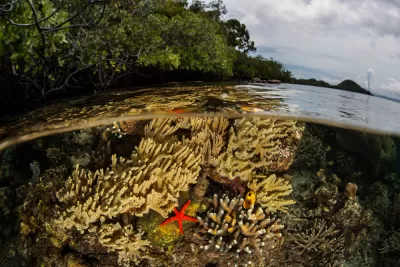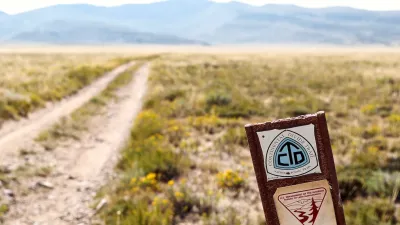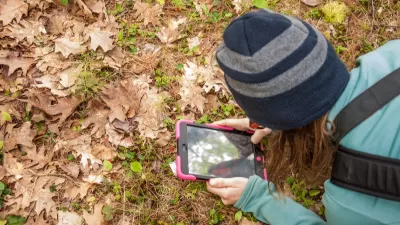The international framework pledges to protect 30 percent of land and water by 2030, but critics say it doesn’t go far enough to address the urgency of biodiversity loss and climate change.

A historic international agreement pledges to protect 30 percent of the earth’s land and water by 2030, reports Hannah Ward-Glenton for CNBC.
The deal, known as the Kunming-Montreal Global Biodiversity Framework, was reached at the United Nations Biodiversity Conference this week (COP15) and includes a promise to raise $200 billion. “Financing for poorer countries will increase to at least $20 billion per year by 2025, according to the agreement, set to increase to $30 billion annually by 2030.”
While the deal is a good start, Alfred DeGemmis, associate director of international policy for the Wildlife Conservation Society, says it should be treated as “a floor, not a ceiling,” indicating that governments must do more than outlined in the framework to achieve meaningful outcomes. According to a press release from the Society, “The Kunming-Montreal Global Biodiversity Framework is a compromise and although it has several very good and hard-fought elements, it could have gone further to truly transform our destructive relationship with nature.”
The article points out that “despite the name, many of the ‘30 by 30’ actions have 2050 as a deadline rather than 2030, which isn’t urgent enough according to the society.”
FULL STORY: Historic biodiversity agreement reached at UN conference

Planetizen Federal Action Tracker
A weekly monitor of how Trump’s orders and actions are impacting planners and planning in America.

Congressman Proposes Bill to Rename DC Metro “Trump Train”
The Make Autorail Great Again Act would withhold federal funding to the system until the Washington Metropolitan Area Transit Authority (WMATA), rebrands as the Washington Metropolitan Authority for Greater Access (WMAGA).

DARTSpace Platform Streamlines Dallas TOD Application Process
The Dallas transit agency hopes a shorter permitting timeline will boost transit-oriented development around rail stations.

Fungi to the Rescue: How Mushrooms Are Helping Clean Up Toxic Lands
Fungi are emerging as powerful tools in environmental cleanup, with scientists and community leaders using mushrooms to break down pollutants and restore contaminated soil.

DC, Columbus Bike Share Fleets Introduce Cargo Bikes
Shared mobility is ‘growing up,’ with rental options increasingly expanding to include e-bikes, scooters, and cargo bikes.

Five Key Transportation Funding Proposals in Trump’s Budget
The President’s proposed 2026 budget would keep spending roughly the same for transit and rail and eliminate over $5 billion in funding for EV charging infrastructure.
Urban Design for Planners 1: Software Tools
This six-course series explores essential urban design concepts using open source software and equips planners with the tools they need to participate fully in the urban design process.
Planning for Universal Design
Learn the tools for implementing Universal Design in planning regulations.
City of Charlotte
Municipality of Princeton
Roanoke Valley-Alleghany Regional Commission
City of Camden Redevelopment Agency
City of Astoria
Transportation Research & Education Center (TREC) at Portland State University
US High Speed Rail Association
City of Camden Redevelopment Agency
Municipality of Princeton (NJ)





























